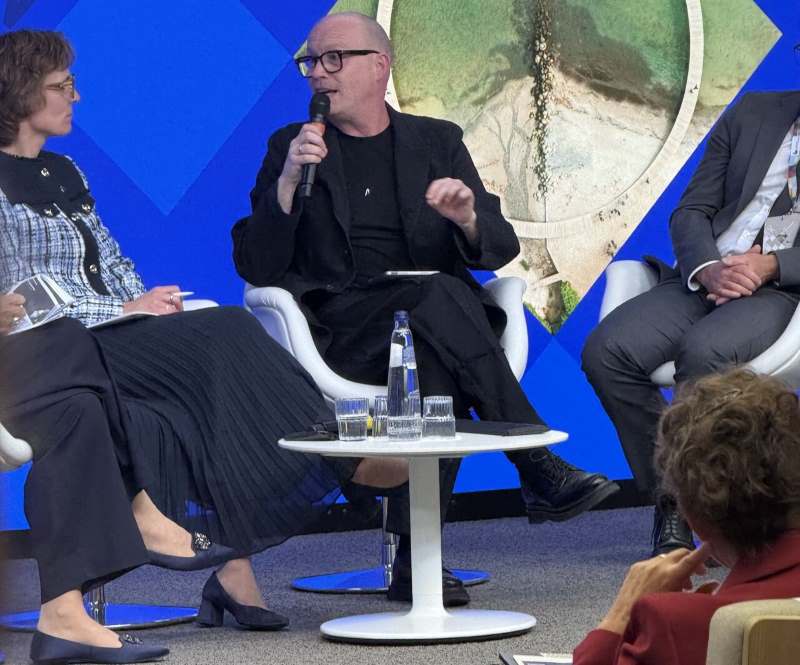Fashion segment for high-end Russian products have skyrocketed despite the fact that the mid-market sector has been stagnating. There is an ever expanding chasm between normal Russian consumer and the super-rich which has seen approximately 70 per cent of Russians dramatically reducing their garment and footwear spending since 2016, with 12 per cent said to have abandoned the thought of buying new clothes in the near future. This is reflected in the fact that there has been no major shopping mall which has opened in Moscow or St Petersburg during the above mention period, while footfall in existing malls have dropped; besides about half of all Russian fashion retailers have closed some of their stores in the past year (about 1,230 outlets countrywide).
Sales in Russia’s luxury branded clothing sector have seen sustained growth. Chanel, for one, the Paris-headquartered fashion group, reported a 15 per cent rise in sales in Russian outlets; Prada and Burberry have seen similar success, with Burberry recording growth of 200 per cent in value terms over the past 12 months. Analysts says this is largely due to the fact that Russia's super-rich shoppers have cash to spend and also the huge number of Chinese tourists’ inflows into the country who have an irresistible urge to spend. In terms of market break-up, imports still predominate with 78 per cent of all items in the fashion sector currently sourced from abroad; further successful promotional activity, sales and discounts remain the key drivers in the sector. During 2015-2016, 44 multinational fashion retail chains withdrew from Russia, while only 11 forayed into the country. However, those companies that have weathered the storm are now well-positioned to occupy the niche abandoned by the withdrawing multinationals.
In September the Russian Ministry of Industry and Trade announced that the Eurasian Economic Commission had withdrawn import duties on all knitwear fibres and most viscose fibres. The move was intended to stimulate local production of knitwear and viscose fibre items, including clothing, underwear, hosiery and sportswear. Overall, it is expected that cutting the payable duty will lead to the prices of the related items falling by as much as 10 per cent.












